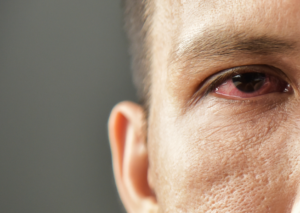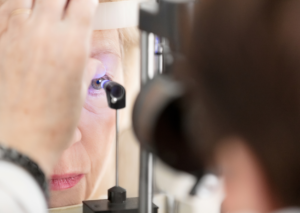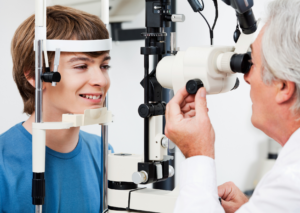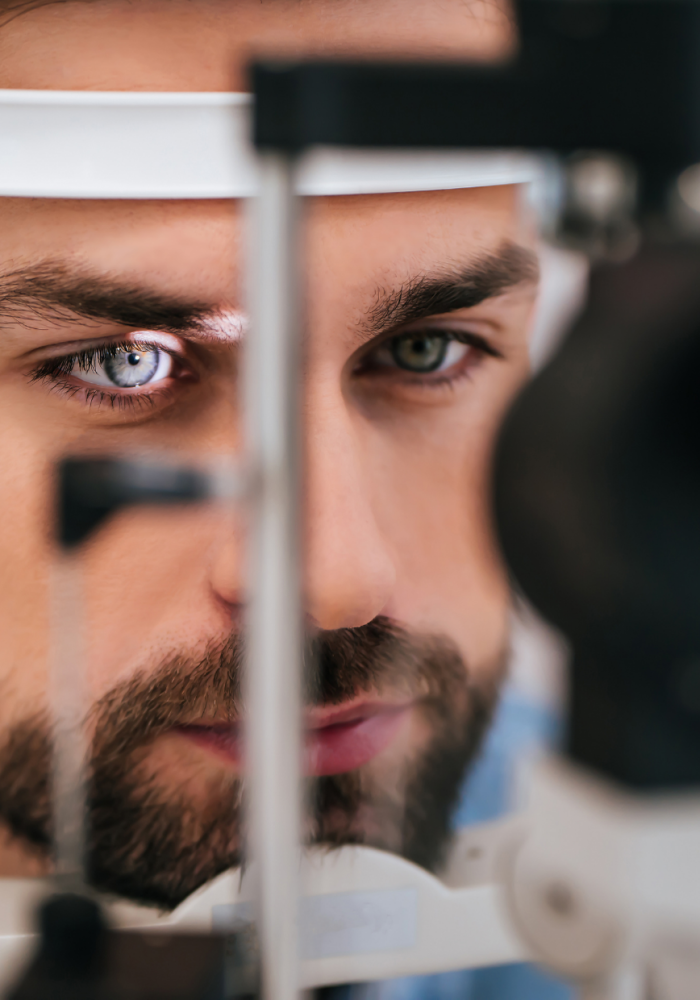Glaucoma is detected through a comprehensive eye exam that includes the following:
Visual acuity test: This eye chart test measures how well one sees at various distances. Eye is numbed with local anaesthetic drop and following tests are done:
Tonometry is the measurement of pressure inside the eye by using an instrument called a tonometer. There are different tonometers but the gold-standard method of measuring eye pressure is with applanation tonometer.
Pachymetry is the measurement of the thickness of the cornea with the help of an ultrasonic wave instrument. It helps to assess the accuracy of the eye pressure reading.
Gonioscopy to assess the drainage passage of the eye and the angle structures.
Dilated eye exam. Pupils are dilated with drops and with the help of special magnifying lens the optic nerve and retina are assessed for signs of damage. Vision is blurred for a few hours after the test.
If glaucoma is suspected, further tests for imaging of the optic nerve and visual field test are ordered.



